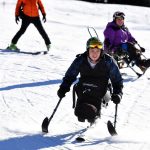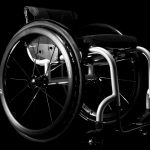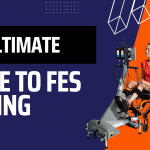What is a pressure ulcer
A pressure ulcer is any area of localised damage to the skin and underlying soft tissue. They can be caused by several risk factors, including age, diagnosis, medication, continence, nutrition, mobility, and weight. There are also non-person specific factors, such as the support surface, temperature, and moisture.
Pressure ulcers are formed whilst sitting, when the skin and soft tissues get squeezed and deformed between the bone and the support surface. Over time this can cause the cells to die and the area of resulting dead tissue is called a pressure ulcer.
The effect of a pressure ulcer
The impact of a pressure ulcer is significant, with physical, psychological, social, emotional, spiritual and financial repercussions. Pressure ulcers are often painful and debilitating while Infected ulcers can cause an unpleasant odour and further health problems. Signs to look out for include:
- Persistent discolouration of the skin
- Discoloured patches not turning white when pressed
- A patch of skin that feels warm, spongy, or hard
- Pain or itchiness in the affected area
- The skin may not be broken at first, but if the pressure ulcer gets worse, it can form an open wound or blister
- A deep wound that reaches the deeper layers of the skin
- A very deep wound that may reach the muscle and bone
Preventing pressure ulcers
The way a person sits is important in preventing a preventing ulcer. This is especially important for wheelchair users. Key to prevention is understanding where these pressure points are on the body when sitting:
- Buttocks and thighs: 75%
- Feet: 19%
- Arm supports: 2%
- Back support: 4%
The good news is that with care, pressure ulcers are mostly preventable. Having the right chair, with functions such as tilt-in-space can be effective in redistributing the pressure and preventing ulcers. In addition, a regular change of position coupled with regular skin inspection to check for damage starting are also important factors on prevention.






Recent Comments